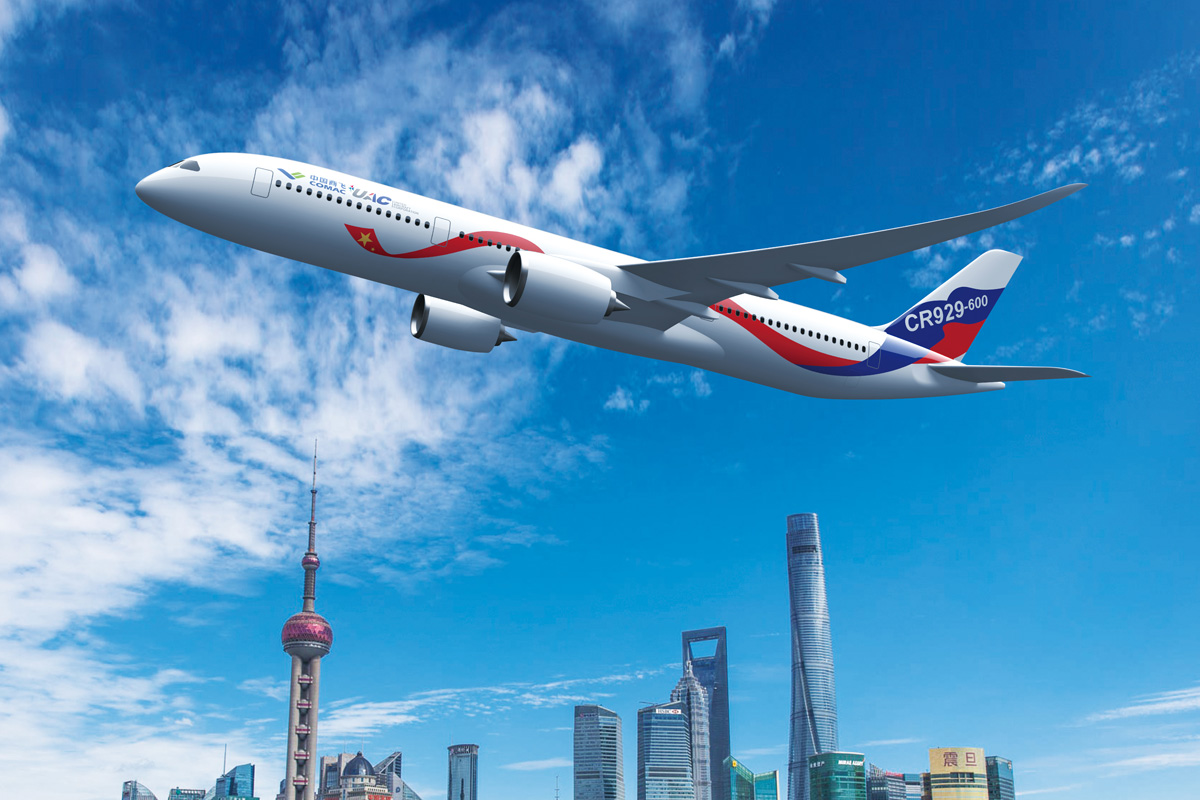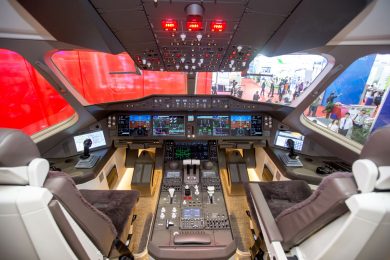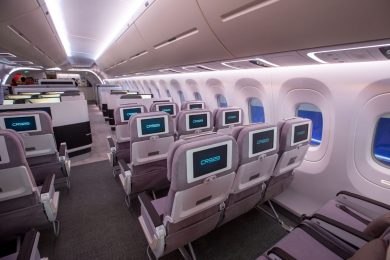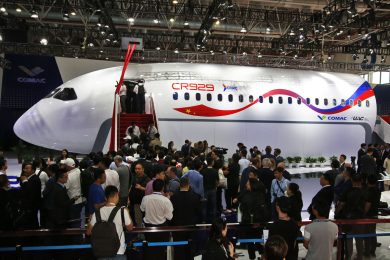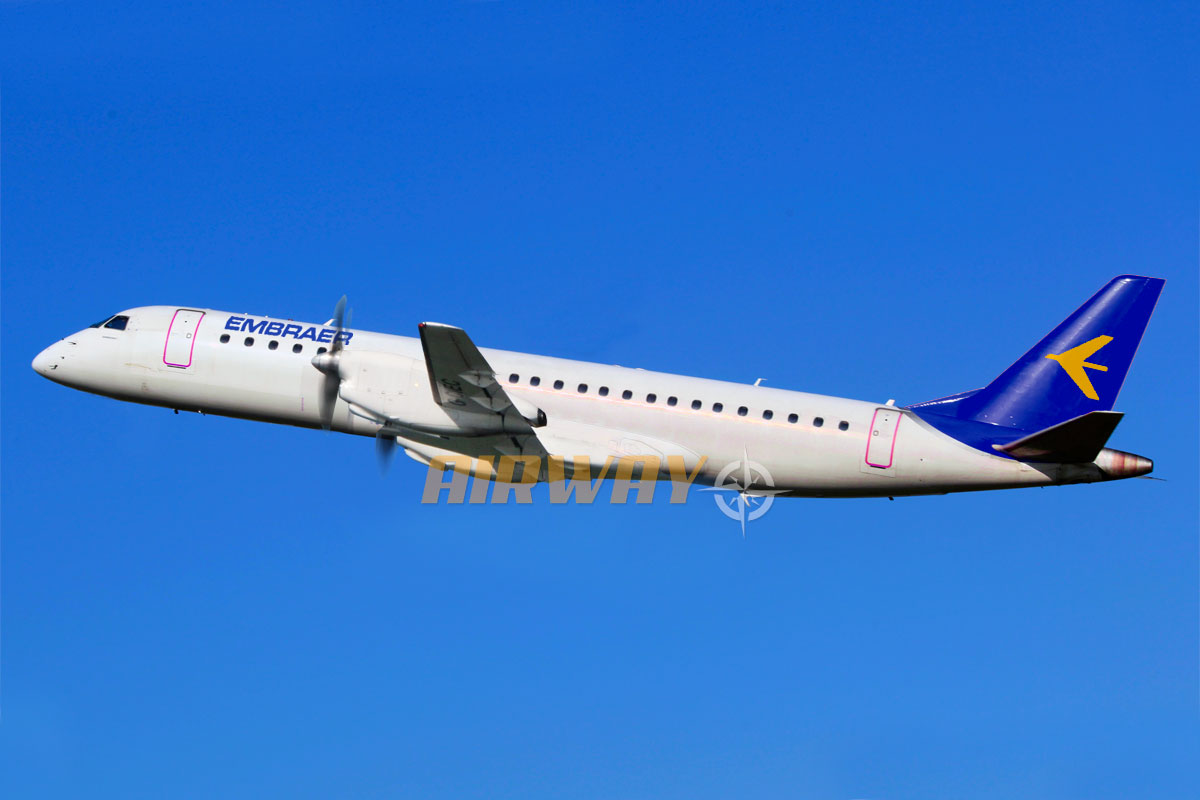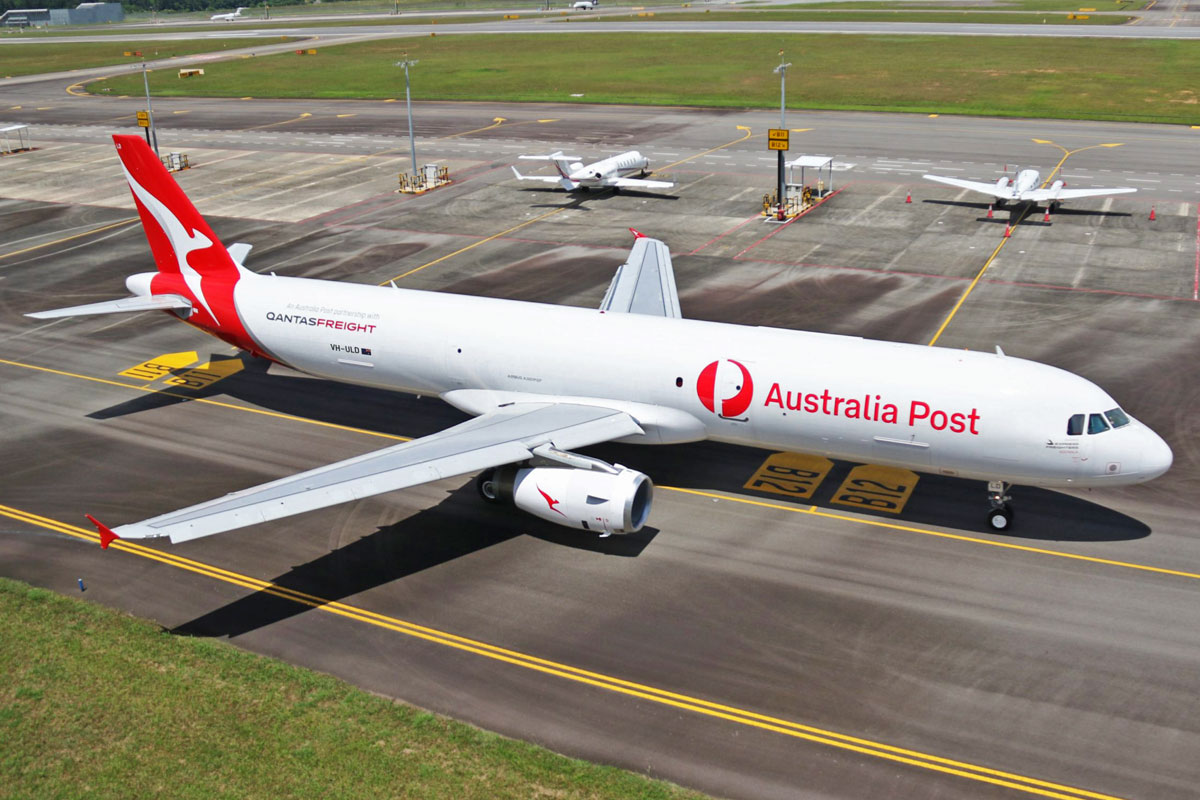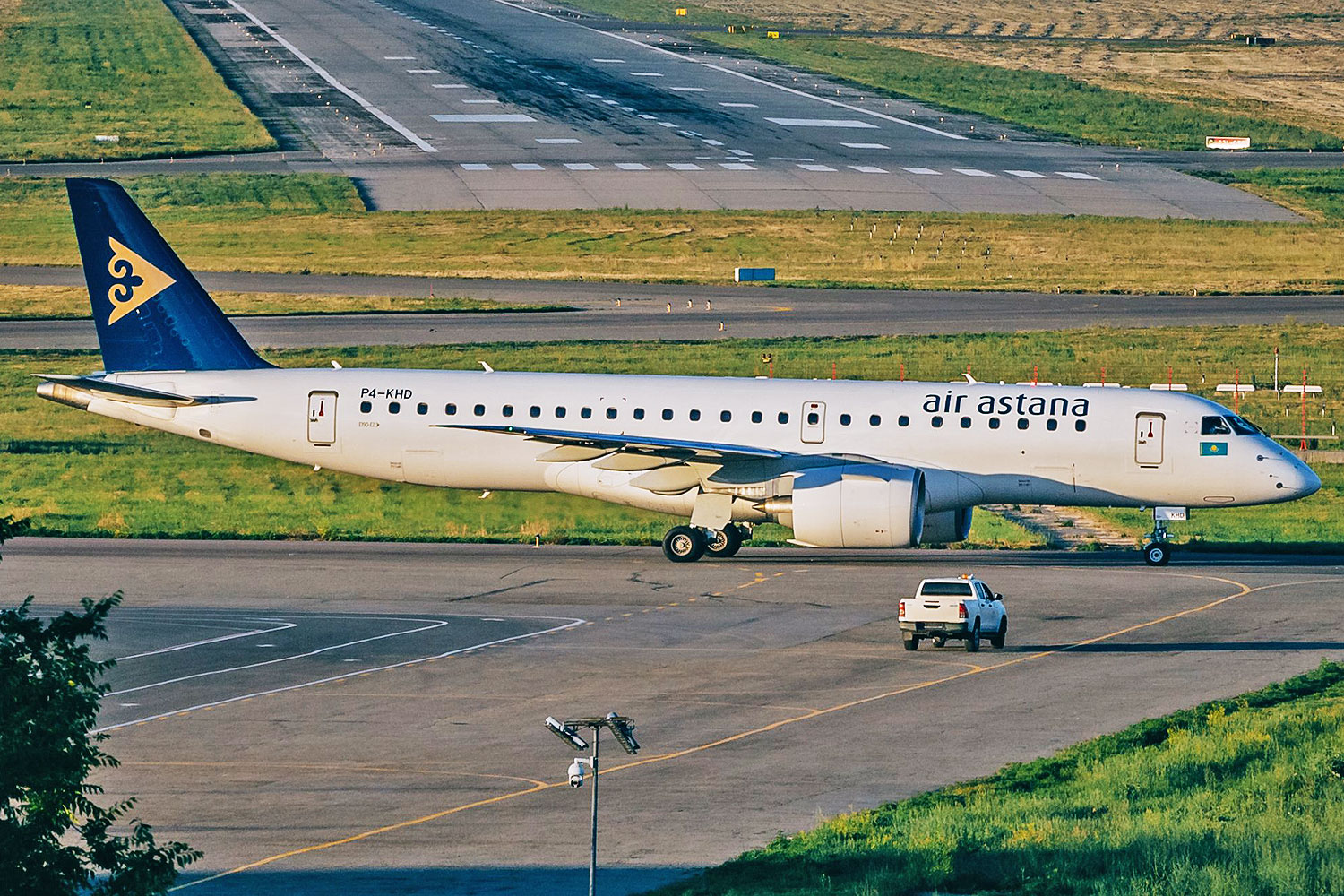Subsidy cuts in Russian commercial aircraft programs go beyond the four-engine IL-96-400M. According to Flight Global, the country’s government is also seeking to reduce investment in the CR929, a new generation widebody developed in partnership with China.
The Russian government’s legislative proposal expects to cut subsidies by $160 million to $111 million over the next three years. The reason is the effect of the pandemic on the demand for new aircraft.
“Under these conditions aviation industry businesses were forced to review their production programs towards reduced output volume,” says the document sent to the Russian parliament.
CR929 is not the only UAC program affected by the proposal. The narrowbody MC-21 aircraft is also expected to lose financial resources in the next two years, only expected to be resumed in 2023.
Russian suppliers
The Russian government’s proposal, however, expands investment in the development of components produced in the country to replace foreign suppliers. Russia has been the target of trade embargoes from the West and aims to reduce dependence on countries such as the United States, France and Germany.
One of the pillars of this initiative is the certification of new Aviadvigatel PD-14 and PD-8 turbofans that will replace western engines in the MC-21 and SSJ100.
As for the CR929 program, the government also states that there will be a delay in the selection process for equipment and avionics suppliers. With a capacity for 280 passengers, the CR929 aims to be an alternative to models like the Boeing 787 and the Airbus A350, but the joint program has faced several problems.
Vladimir Putin’s government has shown dissatisfaction with the long-range jet program. In recent statements, Russia considered that China is directing the partnership to benefit COMAC by proposing that planes sold to Chinese airlines do not have UAC participation.
It is up to the Russians to offer the aircraft on the global market, which in itself is a very difficult task given the well-known rejection of products manufactured in the country.

